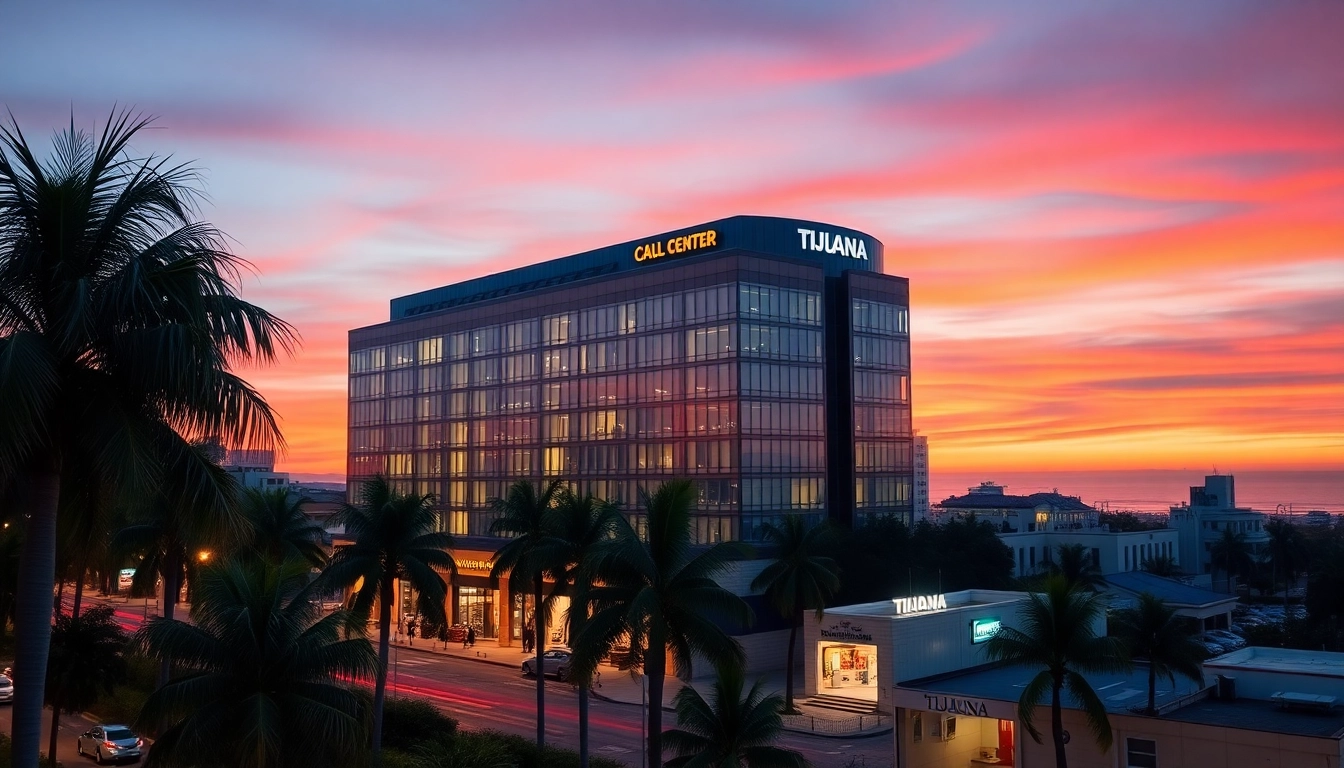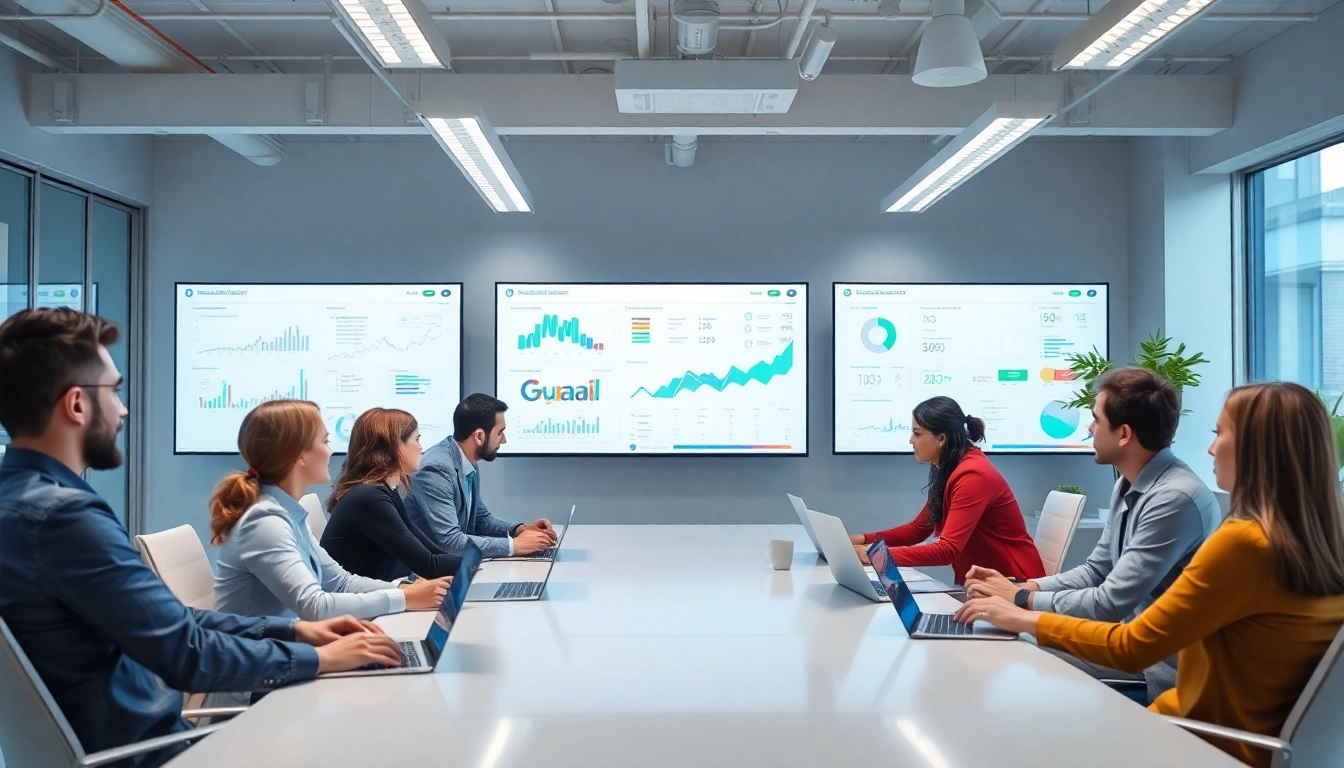Understanding Movable Glass Partitions
What Are Movable Glass Partitions?
Movable glass partitions are innovative architectural solutions that enable the creation of flexible spaces within buildings. These partitions consist of glass panels that can be easily moved to reconfigure layouts, maximizing the utility of any given area without compromising on aesthetics or natural light. Essentially, they serve as walls that can be adjusted according to user needs, allowing for larger open spaces or more intimate environments. Such partitions are increasingly popular in offices, restaurants, retail spaces, and homes, reflecting a shift towards adaptable and multifunctional design.
Benefits of Using Movable Glass Partitions
The advantages of implementing movable glass partitions are multifaceted. Here are some of the primary benefits:
- Flexibility: The ability to transform a space quickly and easily is a significant benefit. Movable glass partitions allow users to adapt their environments based on specific needs, whether that’s for a corporate meeting, an event, or quiet workspaces.
- Natural Light: Unlike traditional opaque walls, glass partitions maintain a sense of openness and light. They allow daylight to penetrate deeper into spaces, enhancing the overall atmosphere and reducing energy costs related to lighting.
- Sound Control: With advancements in technology, many movable glass partitions are designed to offer sound insulation, creating quieter environments when needed—ideal for offices requiring confidentiality in discussions and meetings.
- Aesthetics: Glass partitions elevate the design of any space, providing a modern touch that complements various architectural styles. They can be customized in terms of thickness, finish, and framing, appealing to a broad range of aesthetic preferences.
- Cost-Effective: By allowing for smaller, easily modified spaces, businesses can potentially reduce overhead costs. These partitions enable the more efficient use of space without needing extensive renovations.
Common Applications in Different Industries
Movable glass partitions are versatile and can be used across various sectors. Here are some common applications:
- Corporate Settings: In modern offices, glass partitions are used to create meeting rooms, collaborative workspaces, and private offices. This configuration fosters a productive environment while maintaining an open feel.
- Hospitality: Hotels and restaurants utilize movable glass walls to separate dining areas or create versatile event spaces. This flexibility is crucial for accommodating various types of gatherings and enhancing guest experiences.
- Healthcare: In healthcare facilities, glass partitions can be used to provide privacy for patients while still allowing for monitoring by medical staff. This is particularly important in settings requiring a balance between confidentiality and accessibility.
- Retail: Stores use movable glass walls to showcase products and adjust floor layouts, enabling them to maintain an engaging shopping experience. This adaptability can be particularly effective during promotional events.
- Education: In schools and universities, these partitions can create collaborative learning spaces, break-out rooms, and flexible classrooms tailored to different teaching methods.
Design Considerations for Movable Glass Partitions
Choosing the Right Style and Material
When selecting movable glass partitions, design choices play a critical role. Depending on the intended use, different styles and materials can be utilized:
- Framed vs. Frameless: Framed partitions are bordered with aluminum or other materials, while frameless options provide a sleek, modern look that emphasizes transparency. The choice depends on aesthetic preference and structural considerations.
- Thickness and Type of Glass: Standard glass is suitable for most environments; however, thicker acoustic glass is recommended for spaces requiring sound insulation. Additionally, tempered glass increases safety and durability.
- Finish and Texture: Customizable finishes can enhance the aesthetic appeal of glass partitions. Options include frosted, tinted, or patterned glass that can provide privacy while still allowing light flow.
- Operating Mechanism: Deciding between sliding, folding, or bi-fold installations will depend on the space’s architecture and user preferences. Each mechanism has unique operational benefits suited to different environments.
Ensuring Structural Integrity and Safety
Structural integrity is paramount when installing movable glass partitions. Here are some elements to consider:
- Load-Bearing Capacity: Determine if existing walls or frames can support the weight of the glass panels. Structural engineers may be required to assess the feasibility of installation.
- Regulation Compliance: Ensure that installation adheres to local building codes and regulations, which may dictate the type of materials used or configurations permitted.
- Safety Features: Incorporate safety measures such as tempered glass and proper seals to prevent accidents. Additionally, soft-close mechanisms can help in reducing the risk of injury during operation.
Integrating Glass Partitions into Existing Spaces
Integrating movable glass partitions into pre-existing structures requires careful planning:
- Assessing Space Layout: Evaluate the current layout and how movable partitions can enhance functionality. Consider factors such as natural light and the flow of movement through the space.
- Consulting with Designers: Engaging with architects or interior designers familiar with glass partition installations can ensure a smooth integration process. They can recommend solutions that fit the unique constraints and goals of the project.
- Phased Implementation: For extensive renovations, consider a phased implementation approach to minimize disruption. This may involve installing partitions in sections at different times.
Installation and Maintenance of Movable Glass Partitions
Professional Installation vs. DIY
The installation of movable glass partitions can be complex, necessitating specific expertise. Here are the pros and cons of professional versus DIY installations:
- Professional Installation: Engaging professionals ensures that the partitions are installed correctly, with safety measures in place. Companies specializing in glass installations come with experience, reducing the likelihood of errors that could lead to costly problems.
- DIY Installation: While it may save costs in labor, DIY installation requires considerable knowledge about construction and safety. Mistakes could lead to structural issues or unsafe installations. Only skilled individuals should consider this option.
Routine Maintenance Tips
To prolong the lifespan and functionality of movable glass partitions, regular maintenance is vital. Consider these tips:
- Cleaning: Use appropriate cleaning solutions and tools to avoid scratches and damage. Regularly clean the glass surfaces to keep them clear and visually appealing.
- Hardware Inspection: Routine checks on operating mechanisms (like tracks and hinges) help ensure smooth operation. Lubricating moving parts can prevent wear and prolong their functionality.
- Seal Maintenance: Inspect seals and gaskets to avoid air leaks and ensure sound insulation. Replacing deteriorated seals promptly can maintain acoustic performance.
Addressing Common Issues
Despite their advantages, movable glass partitions can experience issues. Here’s how to address common problems:
- Failure to Operate Smoothly: This might be due to misalignment in the tracks. Regular maintenance and adjustments can resolve this issue.
- Seal Damage: Damaged or degraded seals need immediate attention to maintain sound insulation and energy efficiency. Replacement should be performed by a professional to ensure a proper fit.
- Scratches or Damage to Glass: For minor scratches, glass repair kits can be helpful; however, significant damage may require panel replacement. Engaging professionals ensures that replacement panels match existing designs.
Performance Metrics and User Satisfaction
Evaluating Sound Control and Privacy Levels
Performance metrics for movable glass partitions often revolve around sound control and privacy. Here are important elements to consider:
- Sound Transmission Class (STC): STC ratings indicate how well sound travels through partitions. Higher ratings represent better sound insulation. For optimal performance, select partitions with STC ratings appropriate for the intended application.
- User Comfort: Surveys and feedback tools help gauge user satisfaction regarding comfort, aesthetics, and functionality. Acknowledging user experiences ensures continual improvement in design and functionality.
Cost-Benefit Analysis
Understanding the financial implications of installing movable glass partitions is crucial. Key factors to consider include:
- Initial Investment vs. Long-Term Savings: Assess the upfront costs of materials and installation against potential long-term savings in energy, space utilization, and flexibility.
- Increased Property Value: Movable partitions enhance the appeal of commercial and residential spaces, potentially boosting property value over time.
- Operational Efficiency: The ability to modify spaces as needed can lead to greater efficiency and productivity in workplaces, directly impacting the bottom line.
Gathering User Feedback
Collecting user feedback is essential for understanding the impact of movable glass partitions:
- Surveys: Conduct regular surveys post-installation to gather insights about functionality, aesthetics, and user experience. This feedback can guide future design choices and improvements.
- User Interviews: Marry qualitative data from user interviews with quantitative survey results for a comprehensive view of user satisfaction.
Future Trends in Movable Glass Partition Design
Smart Technology Integration
As technology advances, movable glass partitions are set to become increasingly sophisticated. Key trends include:
- Automated Solutions: The development of automated mechanisms is ideal for busy environments, allowing users to adjust partitions with a simple command from their devices.
- Smart Glass: This technology can allow partitions to change opacity with the press of a button, providing privacy on demand while maintaining light flow.
Environmental Sustainability
Sustainable design practices are becoming increasingly integral in architecture, and movable glass partitions are no exception:
- Recyclable Materials: Utilizing recycled or sustainable materials for both the glass and framing minimizes environmental impact.
- Energy-Efficient Designs: Implementing energy-efficient systems that reduce heating and cooling costs can enhance the sustainability of indoor environments.
Innovative Aesthetic Solutions
Designers are continually finding new ways to use movable glass partitions to enhance aesthetics:
- Custom Art Glass: Incorporating artistic designs into glass panels can serve as a focal point in a room, combining functionality with artistic expression.
- Mixed Materials: Pairing glass with wood, metal, or fabric can create unique aesthetic effects, allowing for deeper customizations that align with a brand or personal style.



